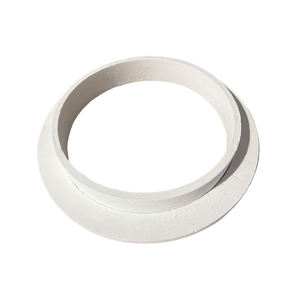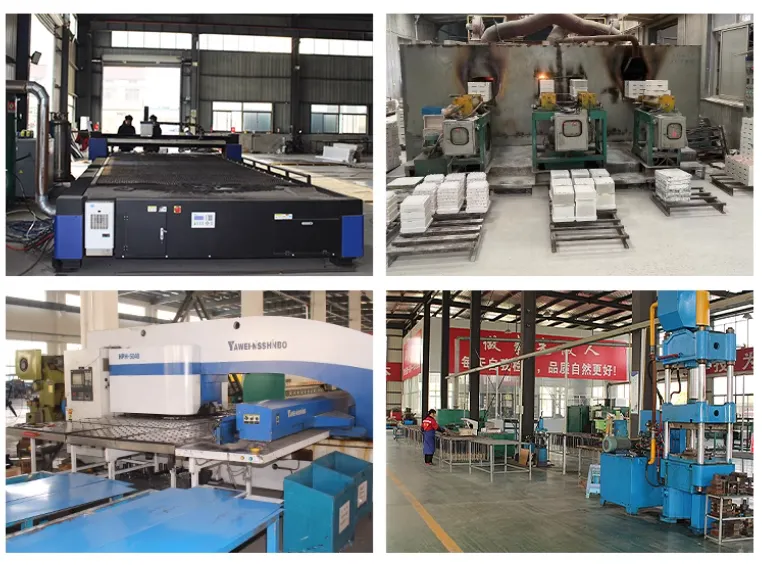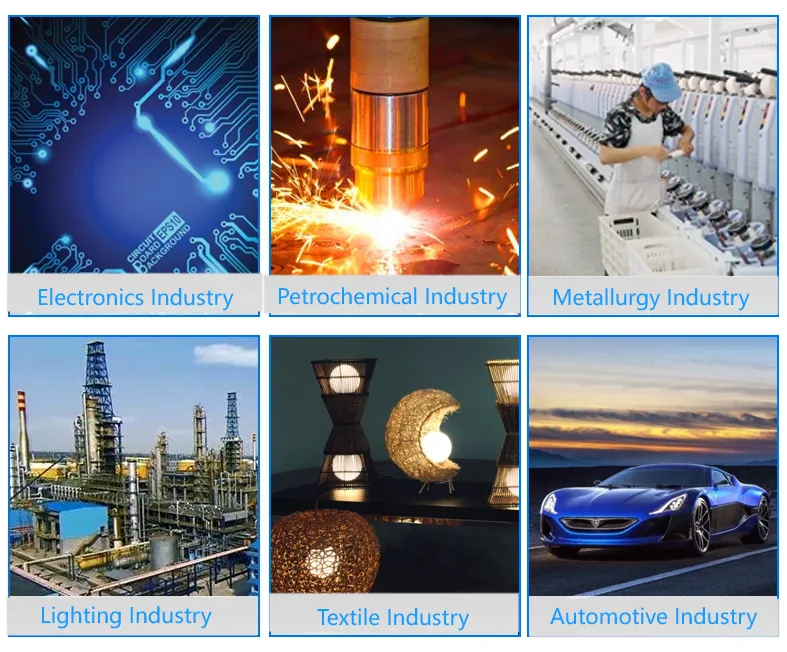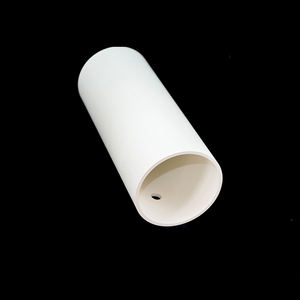Discover Premium Ceramic Products | Durability & Elegance United | Advanced Ceramics
1. Introduction
Just 24 hours ago, a major materials science conference in Germany highlighted a breakthrough in high-purity silicon carbide manufacturing—boosting efficiency in industrial crucibles by over 20%. This news underscores the growing importance of proper handling techniques for silicon carbide crucibles, especially as demand surges in metallurgy, glassmaking, and advanced ceramics production.

Silicon carbide crucibles are prized for their exceptional thermal conductivity, resistance to thermal shock, and ability to withstand temperatures above 1600°C. However, even the best crucible can fail prematurely if mishandled. Whether you’re melting metals, firing ceramics, or working in a lab, this step-by-step guide will help you get the most out of your silicon carbide crucible—and avoid common pitfalls.
2. Understanding Your Silicon Carbide Crucible
Silicon carbide (SiC) is a synthetic ceramic compound known for its hardness and thermal stability. Unlike traditional clay or graphite crucibles, a silicon carbide crucible offers superior durability in oxidizing atmospheres and rapid heating cycles.
It’s important not to confuse silicon carbide with similar materials. For instance, boron carbide vs silicon carbide: while both are ultra-hard ceramics, boron carbide is more expensive and typically used in armor or neutron absorption—not crucibles. Similarly, silicon nitride crucibles (often sourced from a silicon nitride crucible factory) excel in certain high-stress applications but lack the thermal conductivity of SiC.
You’ll also encounter related products like RBSiC silicon carbide tile blocks, silicon carbide ceramic columns, and silicon carbide rings—these share material properties but serve different structural roles. Your crucible is specifically engineered for containment and heat transfer, not load-bearing.
3. Step-by-Step Guide to Using a Silicon Carbide Crucible
3.1. Pre-Use Preparation

Before first use, inspect your silicon carbide crucible for cracks, chips, or surface defects. Even hairline fractures can lead to catastrophic failure during heating.
- Clean the crucible with a soft brush and distilled water—never use soap or abrasive cleaners.
- Perform a gradual pre-firing (also called seasoning): heat to 600°C over 2–3 hours, hold for 30 minutes, then cool slowly in the furnace. This removes moisture and stabilizes the structure.
3.2. Loading and Melting
Always load materials gently to avoid mechanical shock. Overfilling increases stress during thermal expansion.
- Fill only to 70–80% capacity.
- Use compatible tools (e.g., silicon carbide or graphite tongs)—metal tools can scratch or contaminate the surface.
- Ramp up temperature slowly: no more than 200–300°C per hour until you reach your target. Rapid heating is the #1 cause of thermal shock cracks.
3.3. Cooling and Unloading

After use, allow the crucible to cool inside the furnace whenever possible. Sudden exposure to ambient air can cause cracking.
- Never quench a hot silicon carbide crucible in water or cold air.
- Once below 200°C, carefully remove contents using non-metallic scoops.
4. Common Problems and Solutions
4.1. Cracking or Spalling
This usually results from thermal shock or mechanical impact. Solution: Always follow gradual heating/cooling protocols and avoid dropping or striking the crucible.
4.2. Glaze Buildup or Contamination
Repeated use with reactive metals (e.g., aluminum, zinc) can leave residues that degrade performance. Solution: Periodically clean with a silicon carbide ceramic grinding disc or mild acid wash (consult manufacturer guidelines).
4.3. Reduced Lifespan
If your crucible fails after only a few uses, check your atmosphere. Silicon carbide performs poorly in strong reducing environments above 1400°C. Consider switching to a silicon nitride plate or custom silicon nitride heat shield if your process involves such conditions.
5. Maintenance and Storage Tips
Store your silicon carbide crucible in a dry, dust-free cabinet. Moisture absorption can lead to steam explosions during reheating.
- Stack carefully—never place heavy objects on top.
- Label crucibles by usage type (e.g., ‘copper only’, ‘glass melting’) to prevent cross-contamination.
While you might see products like silicon carbide ceramic baking dishes or silicon carbide dinner ceramic plates marketed for kitchen use, industrial crucibles are not food-safe and should never be repurposed for cooking—even if they resemble a silicon carbide ceramic casserole dish.
6. When to Replace Your Crucible
Replace your silicon carbide crucible if you notice:
- Deep cracks or holes
- Warping or deformation
- Persistent contamination that won’t clean off
- Significant thinning of walls (measure with calipers if possible)
Don’t try to patch or repair a damaged crucible—it’s a safety hazard.
7. Conclusion
A silicon carbide crucible is a powerful tool in high-temperature processing, but it demands respect and proper technique. By following this guide—pre-firing correctly, heating gradually, avoiding contamination, and storing properly—you’ll extend its life and ensure consistent, safe performance. Whether you’re working alongside silicon carbide tubes, silicon carbide burner nozzles, or even silicon carbide ceramic pipes, treating your crucible right makes all the difference.
Our Website founded on October 17, 2012, is a high-tech enterprise committed to the research and development, production, processing, sales and technical services of ceramic relative materials such as How. Our products includes but not limited to Boron Carbide Ceramic Products, Boron Nitride Ceramic Products, Silicon Carbide Ceramic Products, Silicon Nitride Ceramic Products, Zirconium Dioxide Ceramic Products, etc. If you are interested, please feel free to contact us.

